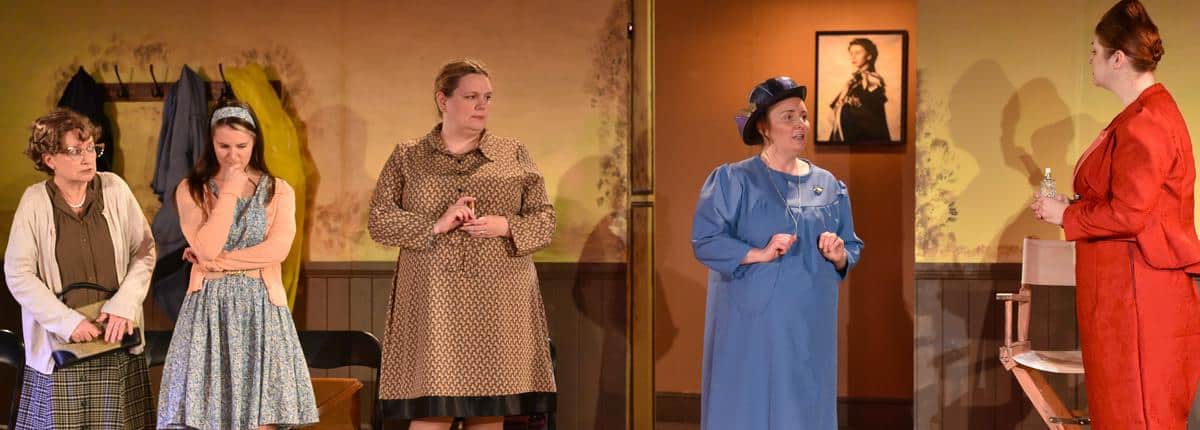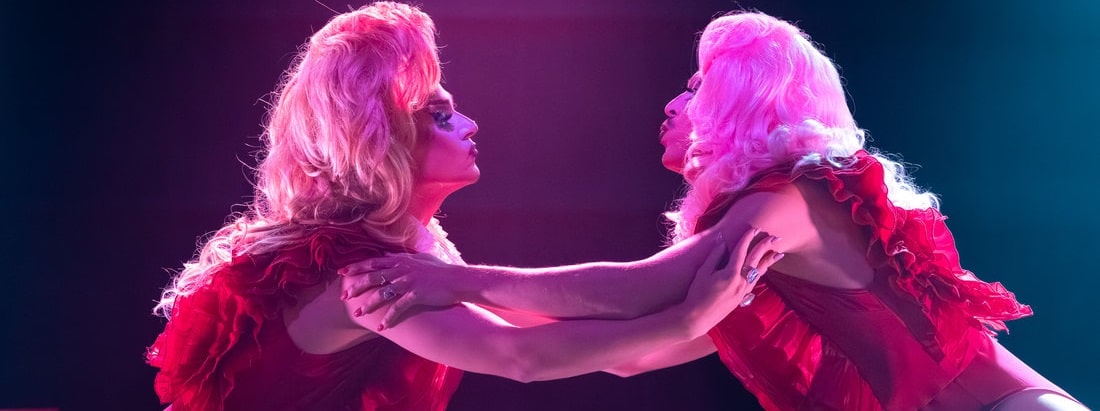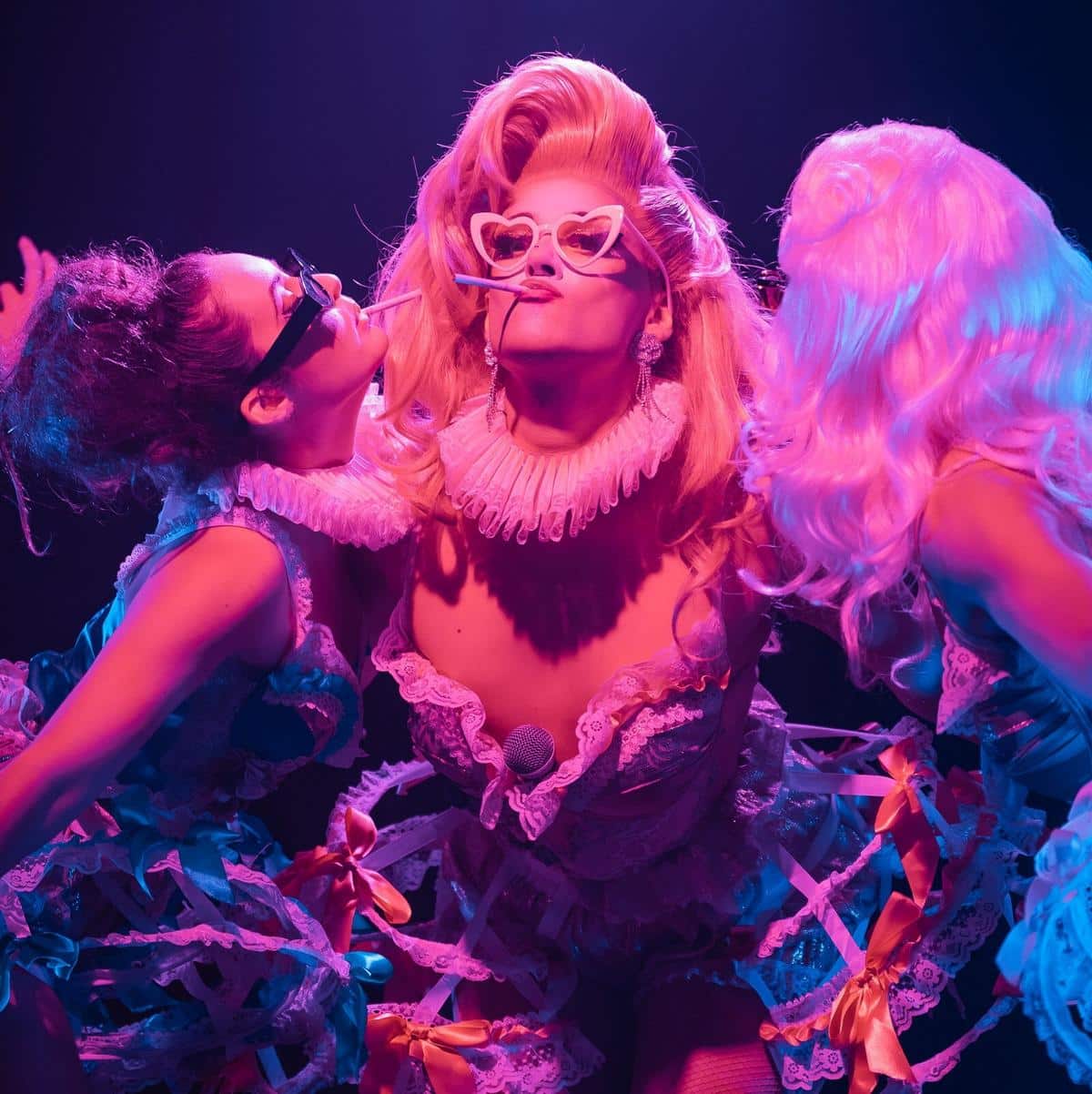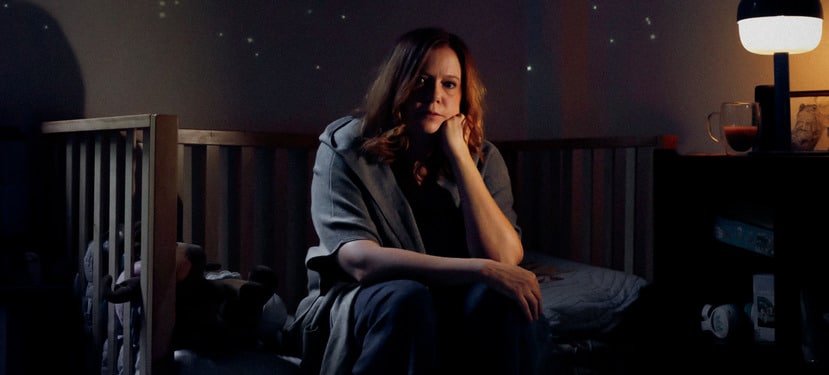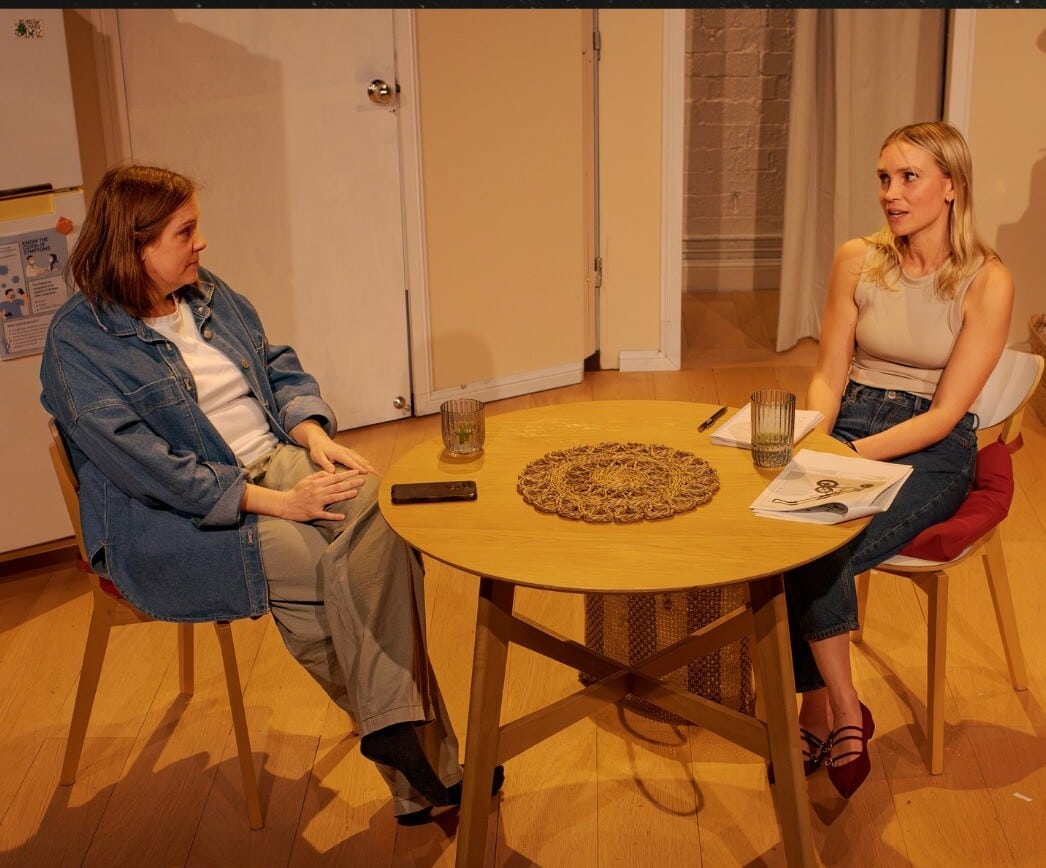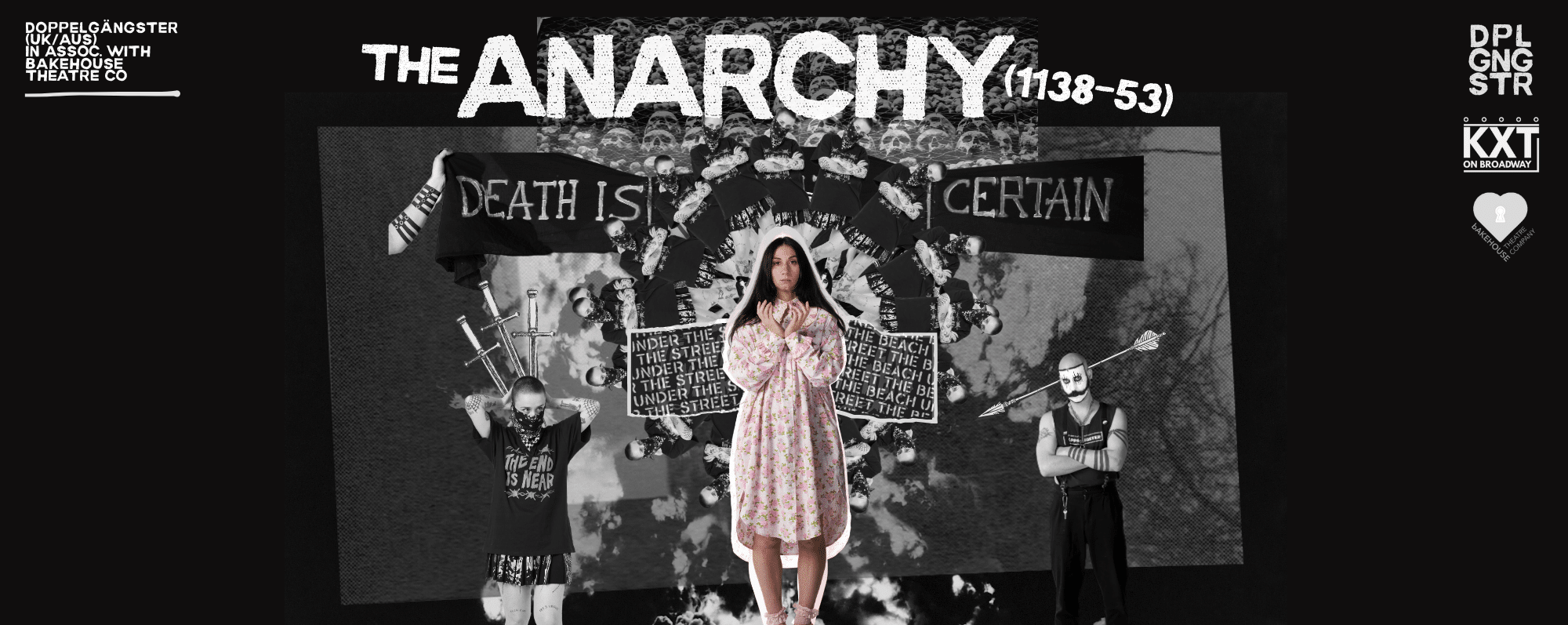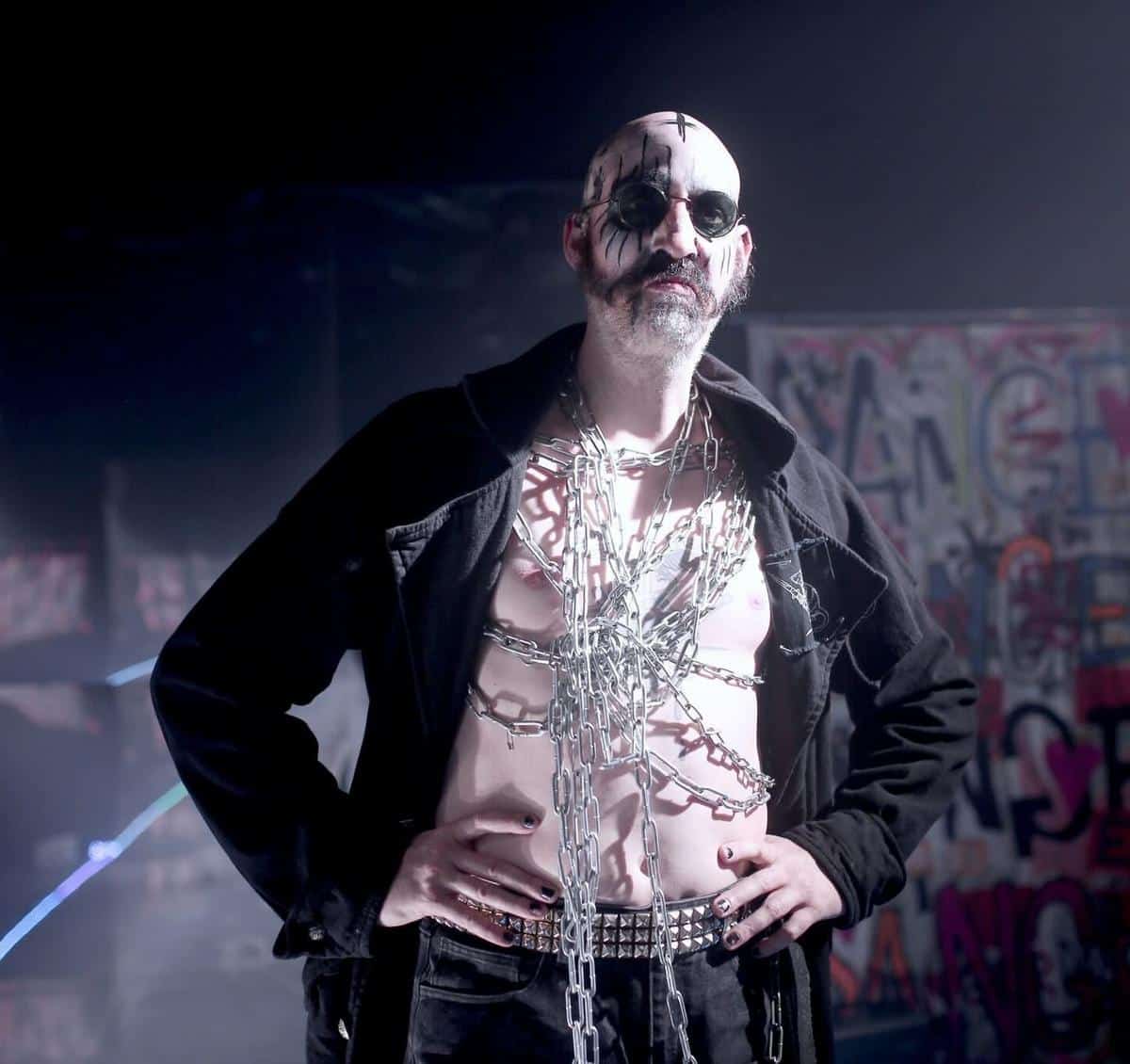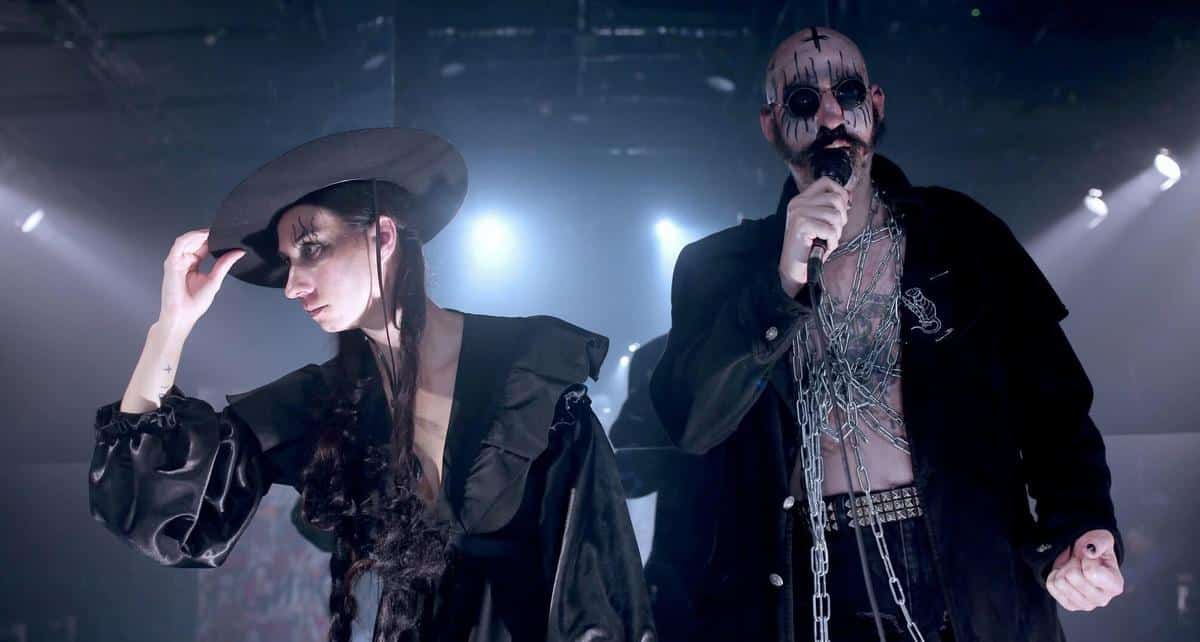In a quietly moving production, The Revlon Girl brings to life the complex emotional aftermath of one of the UK’s most devastating tragedies – the Aberfan disaster of 1966. Directed by Jennifer Willison, this amateur production presented by Hunters Hill Theatre honours the resilience and humanity of those left behind.
On the morning of 21 October 1966, a coal waste tip collapsed onto the village of Aberfan in South Wales, burying Pantglas Junior School. The landslide killed 144 people, including 116 children. The event, as sudden as it was catastrophic, left a community overwhelmed by grief, anger, and unanswered questions.
Docking’s play imagines a meeting of four bereaved mothers, eight months after the tragedy. They gather in a back room above a pub – still deep in mourning, but grasping for something, anything, to lighten their pain. In a gesture that’s equal parts defiant and desperate, they’ve invited a Revlon representative to speak to them about beauty. The logic? Maybe a touch of lipstick could lift the spirits, even briefly.
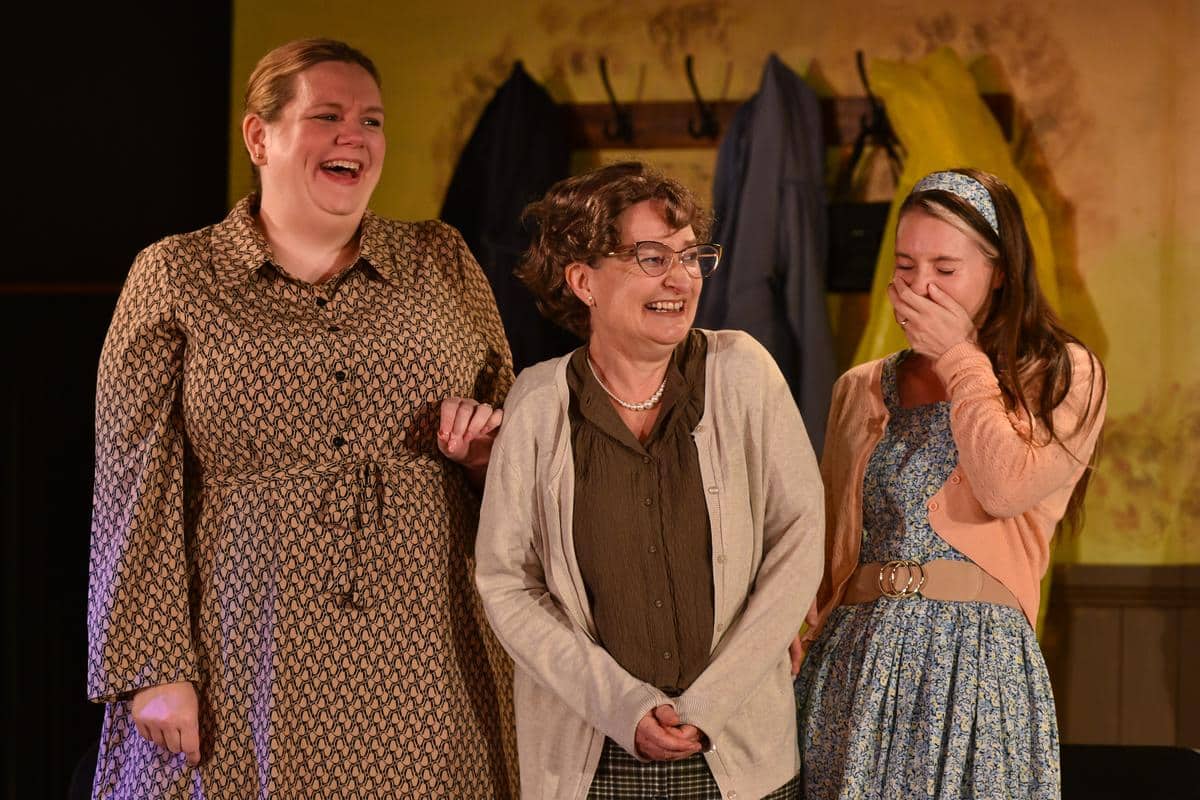
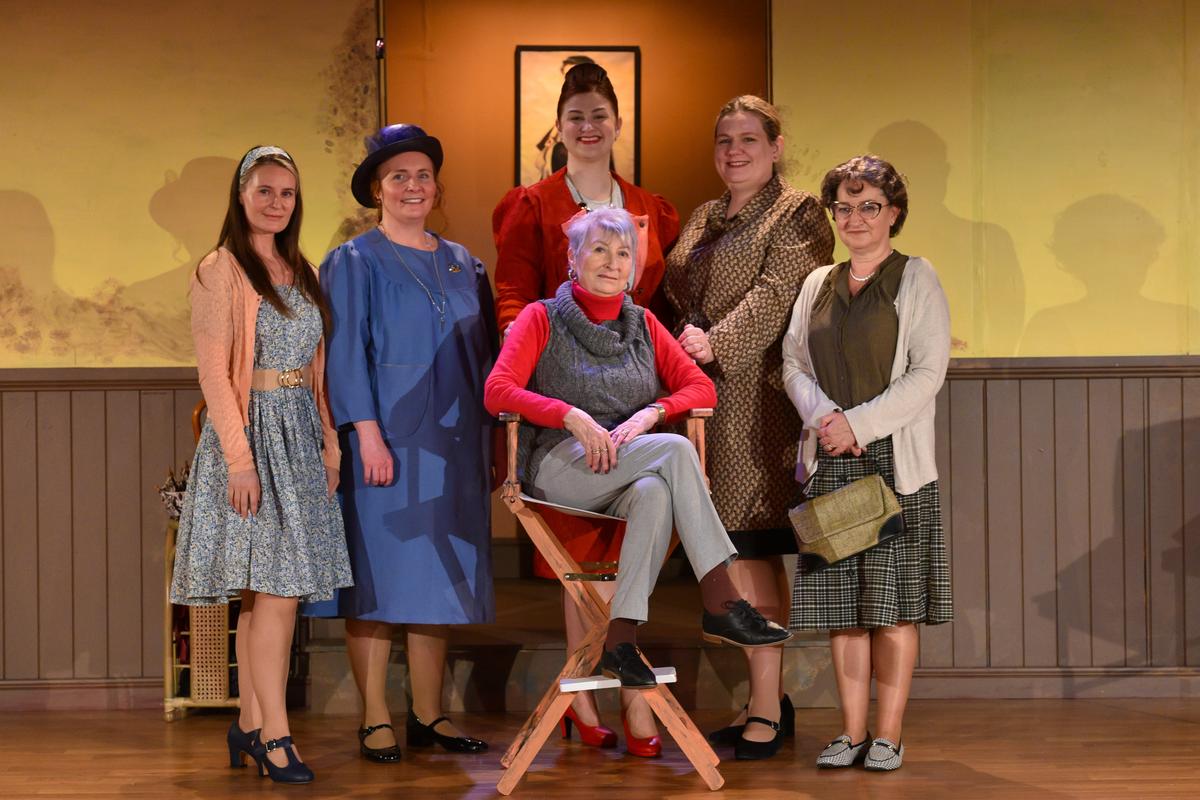
Each woman carries her grief differently. Rona (Anthea Brown) is fiery and confrontational, lashing out at others to mask her own despair. Sian (Laura Stead) is eager to please, lost in a fog of denial and abandonment. Marilyn (Kate Kelly) clings to the hope of contacting her children through spiritual means. Jean (Annalie Hamilton), heavily pregnant again, struggles to reconcile the past with the future growing inside her.
The Revlon Girl (Niamh McKervey) at first seems naïve and out of her depth, awkwardly tiptoeing around the room’s raw emotional undercurrents. But as the evening unfolds, she reveals her own hidden grief – bridging the gap between outsider and insider, and showing how even small acts of care can resonate in moments of deep despair.
While the play echoes with sorrow, it’s peppered with disarming humour and small moments of grace. The dialogue is rich with wit, capturing the unspoken ways people try to survive the unbearable. It’s a credit to the cast that these tonal shifts feel authentic, and not forced.
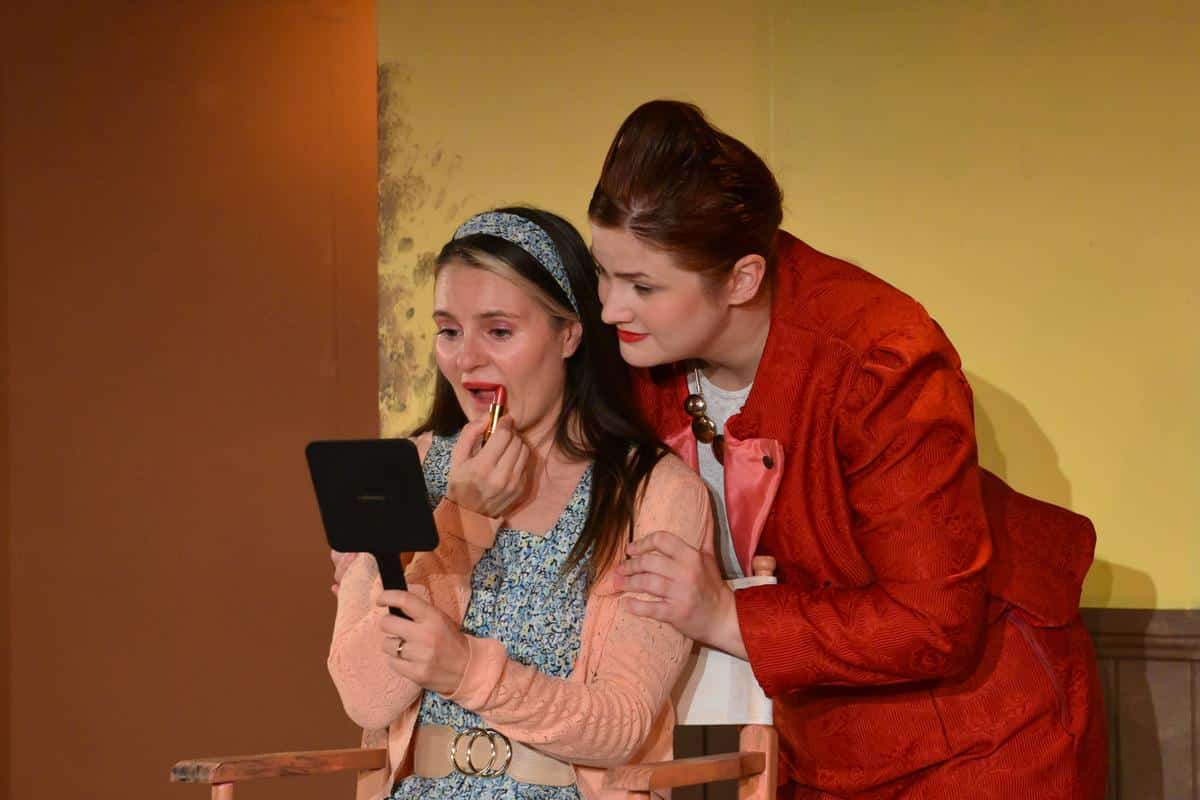
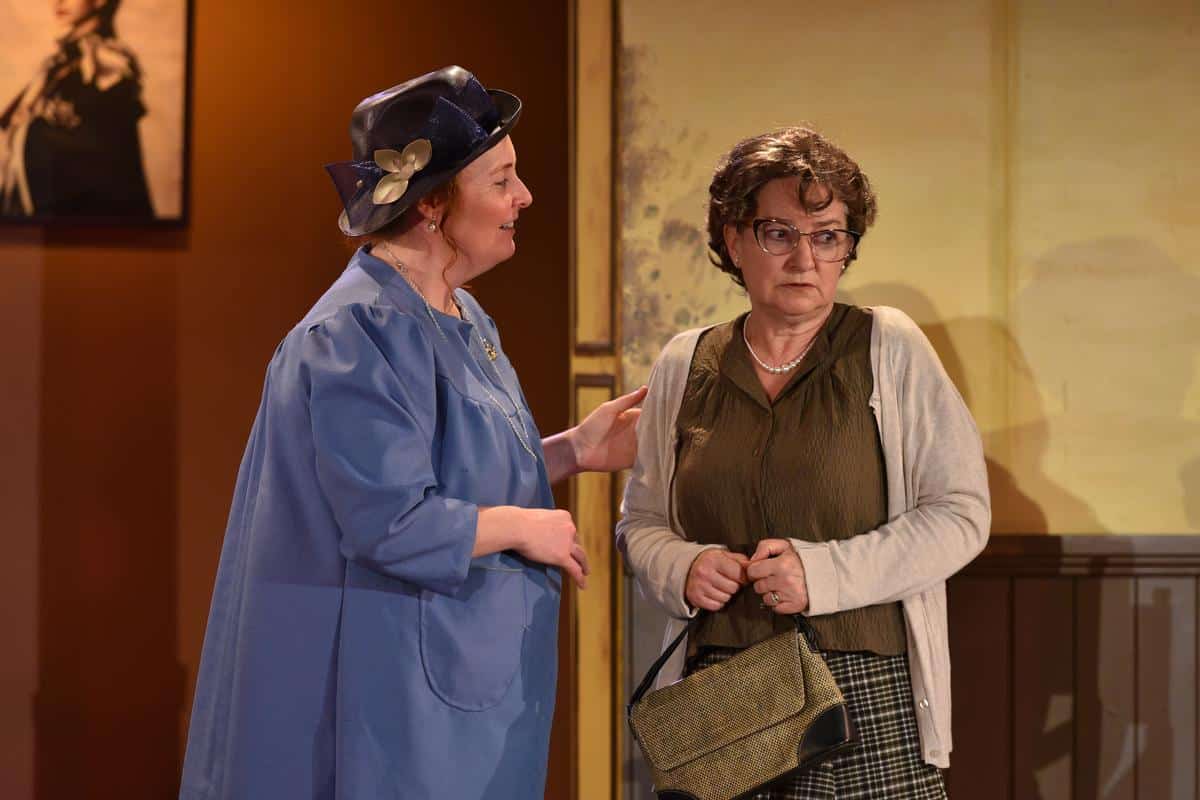
The minimalist set (Casey Moon-Watton) and restrained lighting (Wayne Chee) focus attention exactly where it should be – on the women, the words, and the emotional tension in the room. Subtle sound effects – rain, thunder, distant echoes – underscore the weight of memory without distraction.
The Hunters Hill Theatre’s home at Club Ryde is a relaxed and comfortable venue, seating around 100 in an air-conditioned auditorium. With food and beverages available at club prices downstairs, and ample onsite parking, it makes for a welcoming evening out.
Running from 30 May to 22 June 2025, The Revlon Girl is a sensitive, compassionate portrayal of unimaginable grief and the strength it takes to keep going. It reminds us that even in the darkest moments, connection – and yes, even a little lipstick – can offer a flicker of light.
Written by Neil Anthony Docking | Directed by Jennifer Willison | Presented by Hunters Hill Theatre at Club Ryde
To book tickets to The Revlon Girl, please visit https://www.huntershilltheatre.com.au/whats-on.html.
Photographer: Dan Ferris
